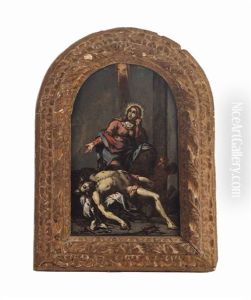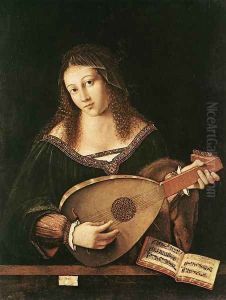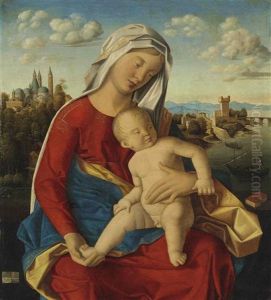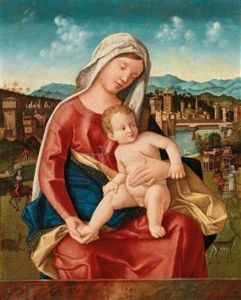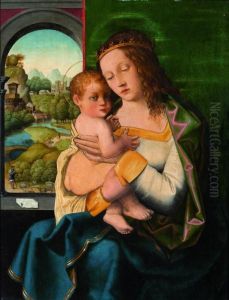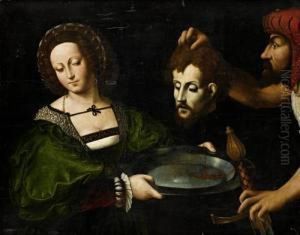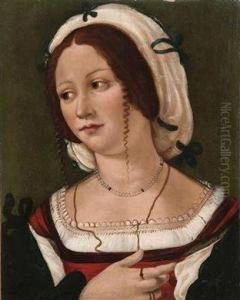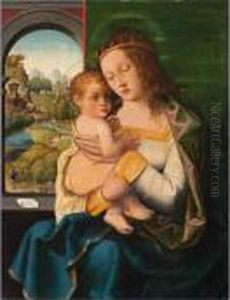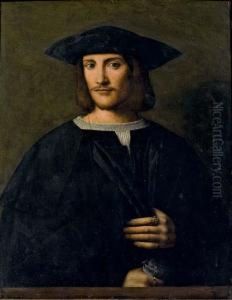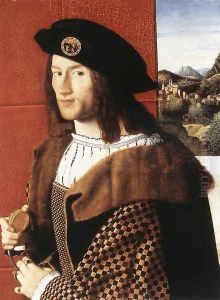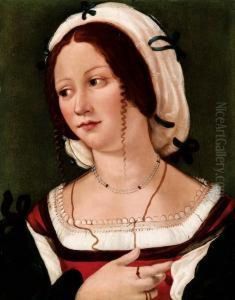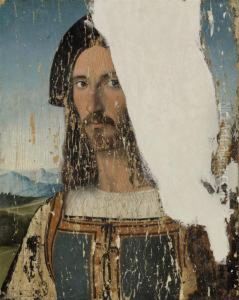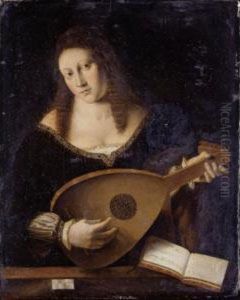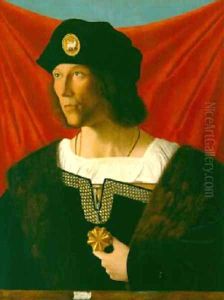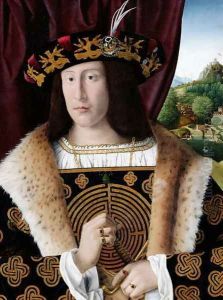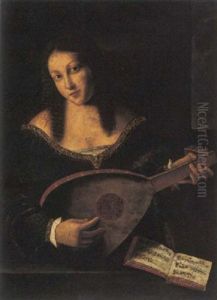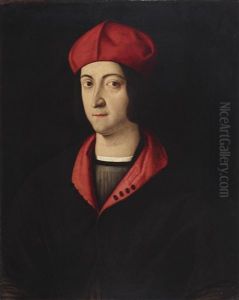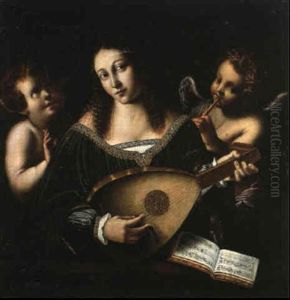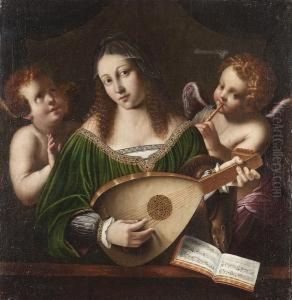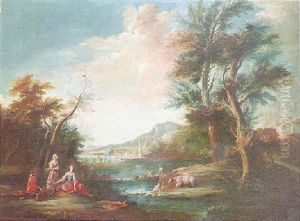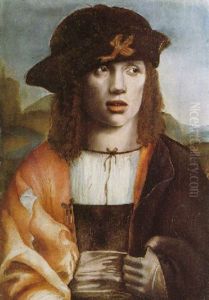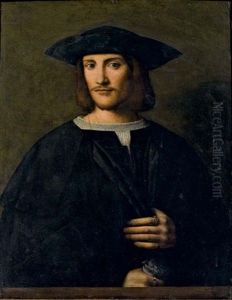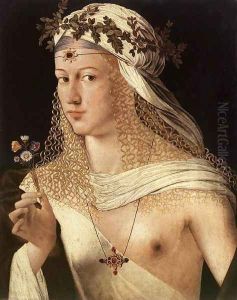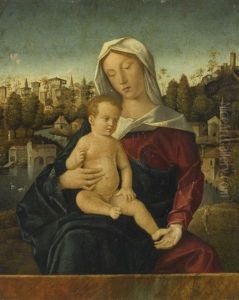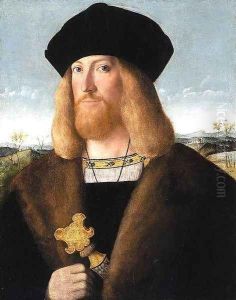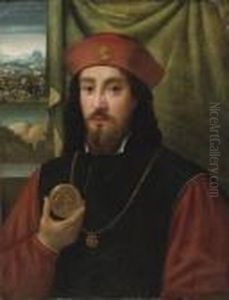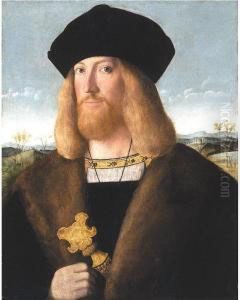Bartolomeo Veneto Paintings
Bartolomeo Veneto is a somewhat enigmatic figure in the history of Italian Renaissance art, with his life and career shrouded in mystery due to the scarcity of documented evidence. Believed to have been born around 1480, Bartolomeo Veneto initially embarked on his artistic journey in Venice, a vibrant hub for the arts during the Renaissance period. His early works suggest that he was deeply influenced by the Venetian School's rich color palette and emphasis on detailed, atmospheric landscapes. However, Veneto's style evolved significantly over his career, incorporating elements from various Italian artistic traditions as he moved across the country.
Veneto's work is characterized by his mastery in portraiture, where he excelled in capturing the nuanced expressions and individuality of his subjects. His portraits are noted for their meticulous attention to detail, vivid colors, and the subtle interplay of light and shadow, reflecting the influence of Leonardo da Vinci, whom he is believed to have encountered in Milan. During his time in Milan, in the early 16th century, Veneto's style underwent a transformation, integrating the sfumato technique and a more nuanced approach to human anatomy, indicative of da Vinci's impact on his work.
Despite his talent, Bartolomeo Veneto did not achieve the same level of fame as some of his contemporaries, such as Titian or Giorgione. Yet, he left behind a significant body of work, including religious subjects and mythological scenes, although his portraits remain his most celebrated contributions to the Renaissance art canon. Veneto's works offer a glimpse into the diverse influences and regional styles that he absorbed throughout his career, moving between Venice, Florence, and Lombardy.
Veneto's death is as enigmatic as his life, with most sources suggesting he died around 1531. While documentation of his life may be sparse, Veneto's surviving works continue to be studied for their contribution to the development of portrait painting in the Italian Renaissance. His ability to blend the technical aspects of the Venetian School with the stylistic nuances of the Lombard and Florentine traditions has secured his place as a noteworthy, if not widely recognized, figure in the history of art.
